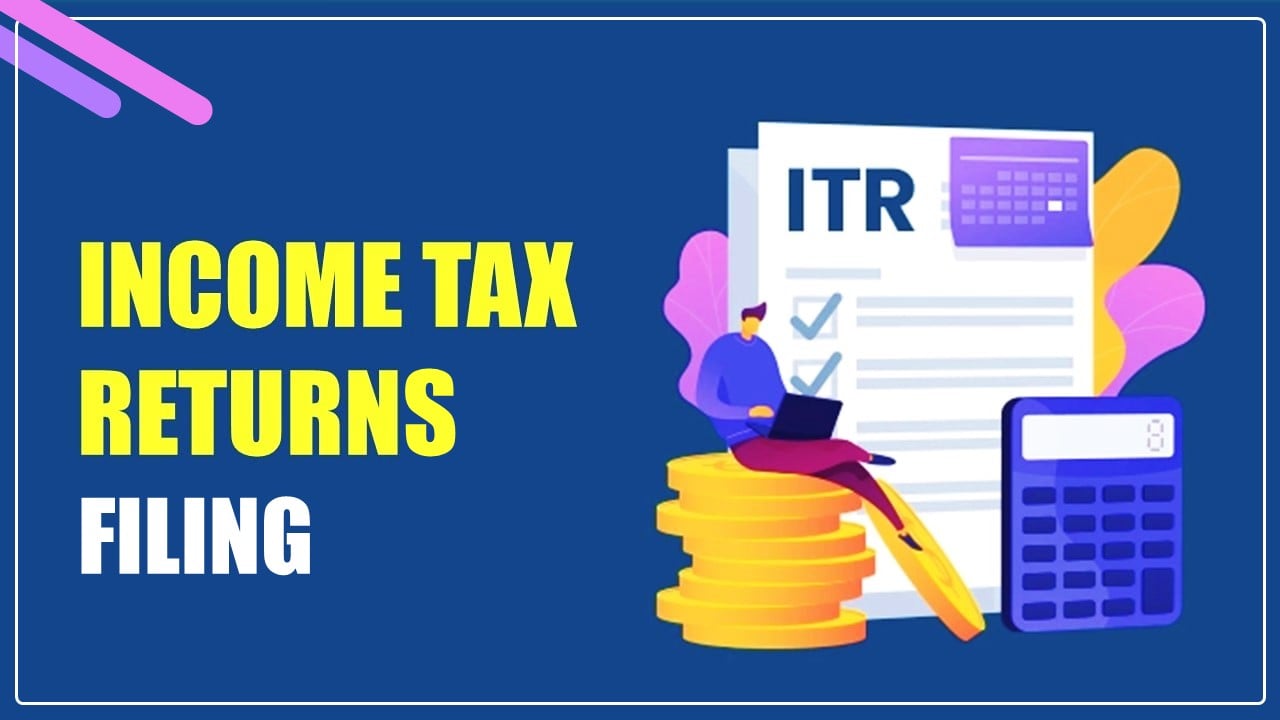![]()
India’s centuries-old gold industry is the world’s biggest market for the metal, with imports meeting almost all the country’s requirements for jewellery and investment.The Goods and Services Tax (GST) has changed the way taxes are levied on various goods and services in India. GST on jewellery is one such area that has undergone significant changes. The Goods and Services Tax (GST) significantly impacted the gold market. For the most part, the price of gold is not subject to the same GST rate at all levels, from purchasing to manufacturing. Consequently, the supply of the precious metal and its manufacture into gold ornaments are subject to GST. Those looking to buy gold should learn all they can about the GST on gold jewellery 2024 and its implications.
GST Rates on Jewellery
| Particulars | GST Rate |
| (1) Precious stones (other than diamonds) and semi-precious stones, whether or not worked or graded but not strung, mounted or set (2) Ungraded precious stones (other than diamonds) and semi-precious stones, temporarily strung for convenience of transport (includes synthetic or reconstructed stones, apart from unworked or simply sawn or roughly shaped) |
0.25% |
| Diamond, gold, pearls, silver, or articles of jewellery of silver or gold, and so on, including synthetic or reconstructed stones, unworked or simply sawn or roughly shaped |
3% |
| Job work in relation to cut and polished diamonds, plain or studded jewellery of gold, silver and so on |
1.5% |
.
GST on gold making
In addition to this, the government has also levied a 5% GST on making charges. The tax on making charges was initially fixed at 18%, but appeals from Indian jewellery councils and bodies to reduce the rate resulted in the subsequent reduction. This is also a relief for end consumers, who would have had to bear the burden of a higher tax otherwise.
Sale of old jewellery
In a country like India, where gold is in high demand, it is a common occurrence in many households, to sell old gold ornaments, and buy new ones, by investing a little extra. Under GST, clear guidelines needed to be set to handle such aspects. Thus, the following was determined:
- If old jewellery is given to a jeweller, only for some modification or remake, then it will be considered as job work and 5% GST will be charged.
- If money from the sale of old jewellery is used to buy new jewellery, the tax paid on the sale will be adjusted against the GST on the purchase.
- If a jeweller buys old jewellery from an individual, than a jeweller will not be liable to pay any tax under reverse charge mechanism on such purchases. However, to ensure that jewellers don’t misuse the waiver for customers the government has built a safety net. If an unregistered supplier of gold ornaments sells to someone who is a registered supplier, the tax under reverse charge mechanism will apply.
Input Tax Credit
Input Tax Credit (ITC) is a mechanism that allows businesses to claim credit for the GST paid on purchases that are used for business purposes. Jewellers can claim input tax credit for the GST paid on raw materials, such as gold, silver, and diamonds, as well as other expenses, such as rent, electricity, and labour. However, ITC cannot be claimed on making charges.Even when the gold merchant pays tax on a reverse charge basis for supply from an unregistered job worker, he can claim the ITC on such tax.
GST on Gold Exemptions
A GST exemption was announced at the 31st GST Council meeting on 22 December 2018. Accordingly, GST is not charged for the supply of gold made by the notified agency to GST-registered gold jewellery exporters.
The move has minimised the GST burden on Indian exporters of gold jewellery and probably made Indian gold exports more competitive on the world market. However, domestic buyers of gold jewellery are not impacted.
E-Way Bill Rules for Gold
Before September 13th, 2022, according to CGST Rule 138(14), the transportation of gold in any form, including jewellery, goldsmith’s wares, and articles (Chapter 71), did not necessitate the use of an e-way bill. Consequently, whether the supplier or recipient of gold was registered under GST or not, they could transport gold without the requirement of an e-way bill.
However, starting from September 13th, 2022, based on state notifications, the National Informatics Centre (NIC) has introduced a separate window for generating e-way bills specifically for the transportation of gold, gold jewellery, or precious stones.
In conclusion, the GST on jewellery has been implemented to bring transparency and accountability to the industry. While jewellers are required to comply with various regulations, GST exemptions are available for certain types of jewellery. Understanding the tax rates, input tax credit, compliance requirements, and exemptions is crucial for jewellers to ensure that they meet their tax obligations and avoid penalties.
From,
Krishnakant Jakhotia
Mobile No:- 9422507911
Email Id:-taxtalknew@gmail.com




